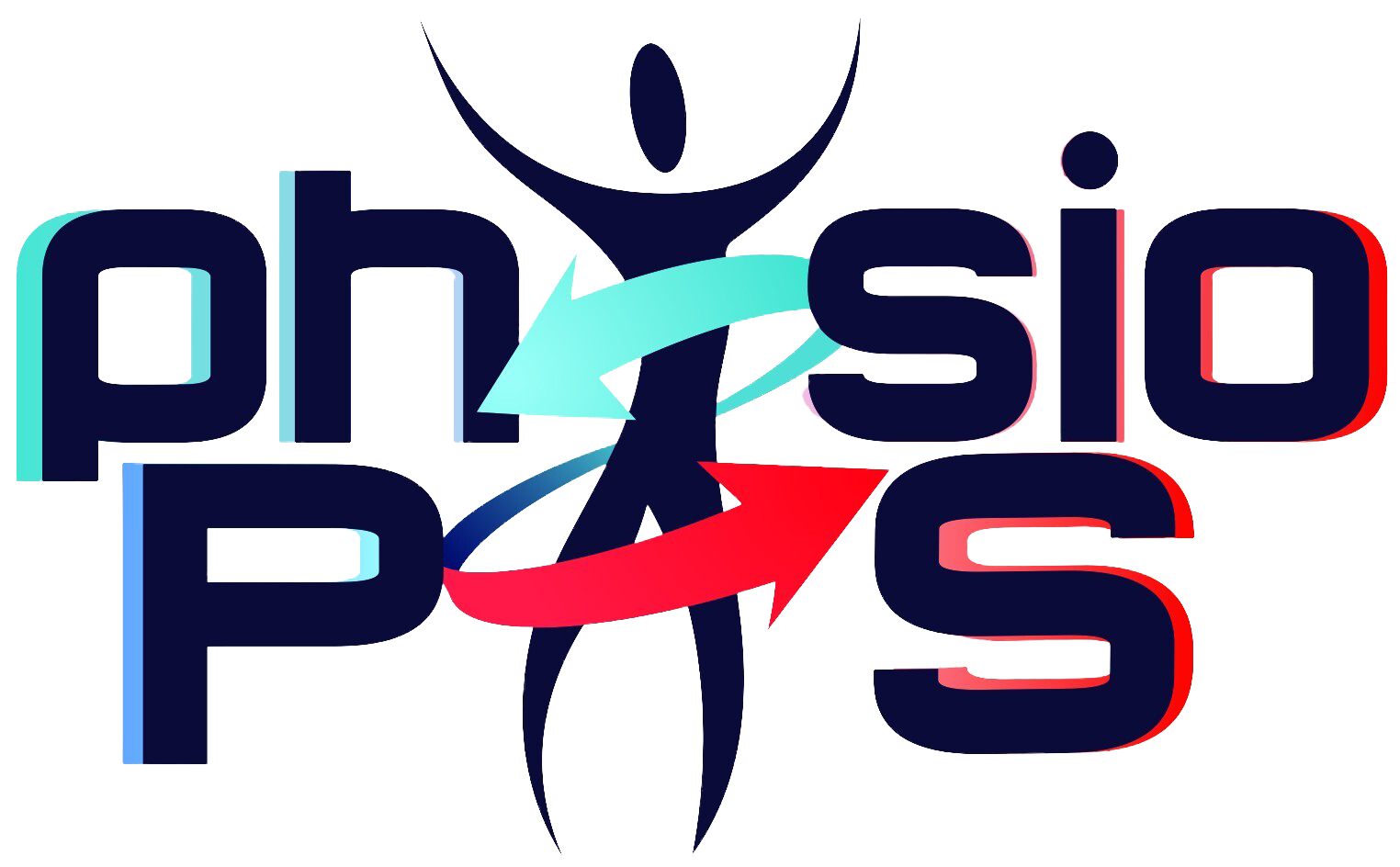Ranolazine Therapy Reduces Non-ST-Segment-Elevation Myocardial Infarction and Unstable Angina in Coronary Disease Patients with Angina
Abstract High sympathetic tone and cardiac autonomic neuropathy (CAN) are associated with major adverse cardiac events (MACE). We have shown ranolazine (RAN) improves autonomic function. RAN was introduced to 51 successive anginal CD patients (RANCD). A control group of 54 successive nonanginal CD patients (NORANCD) continued baseline therapy. Mean study duration was 6.1 years, which […]

